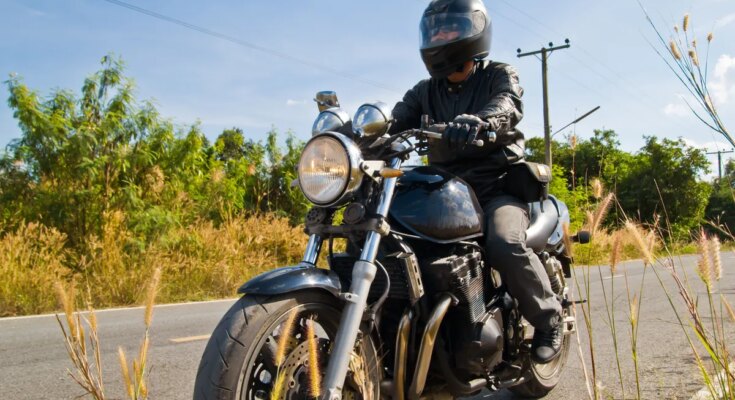Decades of tradition
Biker Greetings: Why motorcyclists always greet each other
Updated 11/11/2025 – 6:31 amReading time: 2 minutes

You often see it on country roads: motorcyclists greet each other with small gestures as they pass by. Where did this symbol come from? And what does that mean?
An old joke goes: You can recognize a friendly motorcyclist by the number of flies in his teeth. But the truth is: you can recognize him by the respectful attitude of his motorcyclists. But how does this greeting work? And where did it come from?
The origins of the biker greeting began in the world of racing in the 1970s. British motorbike racer Barry Sheene (1950-2003) used the V sign when overtaking opponents and as a greeting to the crowd during his victory lap.
Nowadays, motorbike rider greetings have become an inseparable part of the world of motorbikes. But how to do it right?
Of course there are no fixed rules. Bikers usually greet each other like this: To keep your right hand on the gas, always use your left hand. This is also more visible to oncoming motorcyclists because traffic is on the right side. The marks form from your index and middle fingers as you drive past them. Some drivers just raise one finger to greet them – but of course they prefer not to use the middle finger.
Another variation: Some riders just lift one or two fingers while still holding the handlebars. For some people it looks more relaxed, for others it feels safer.
On traffic-heavy streets in city centers and on highways, greetings are generally not welcomed. Biker greetings are more intended for rural roads. Nowadays, the V symbol no longer represents victory, but simply wishes you a pleasant journey.
The movement is still closely associated with Winston Churchill (1874–1965). The then British Prime Minister is said to have first used it in a speech in 1941 as a sign of impending victory over Nazi Germany.
However, Churchill was not the originator of the V sign. It was originally introduced by Belgian politician Victor de Laveleye (1894–1945) as a sign of resistance to German occupation. Practical things about V: It means Victoire (French: victory) and Vrijheid (Dutch: freedom). And the symbol works in English too – even 80 years later.



